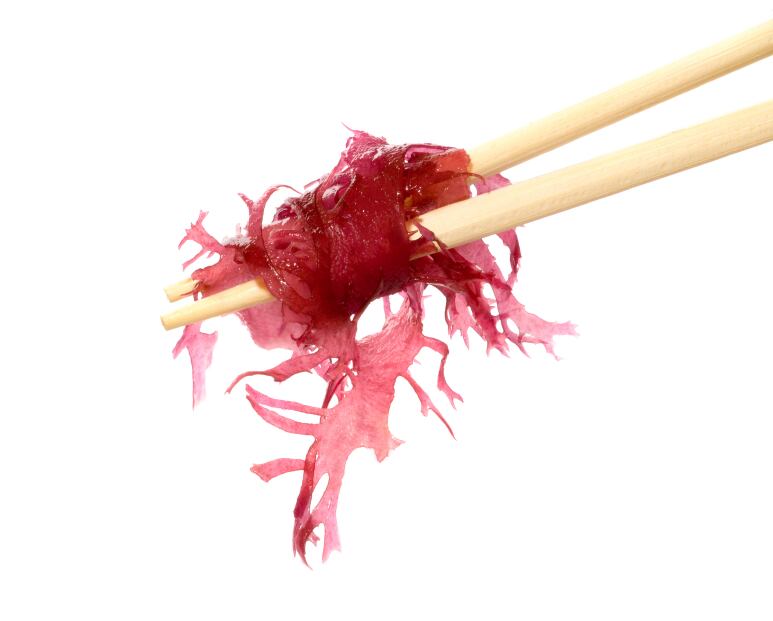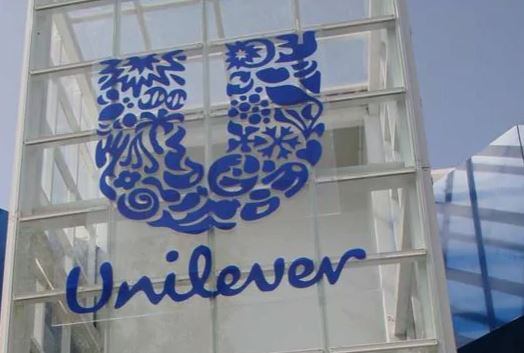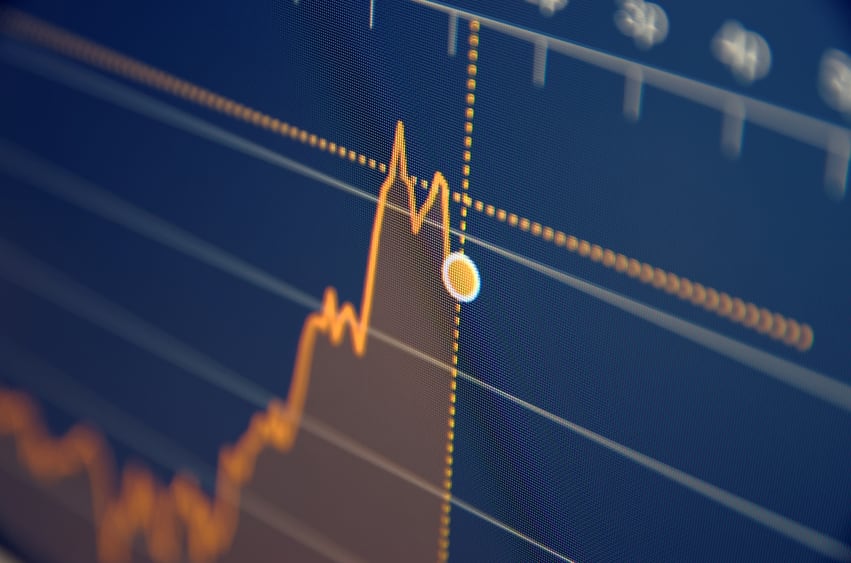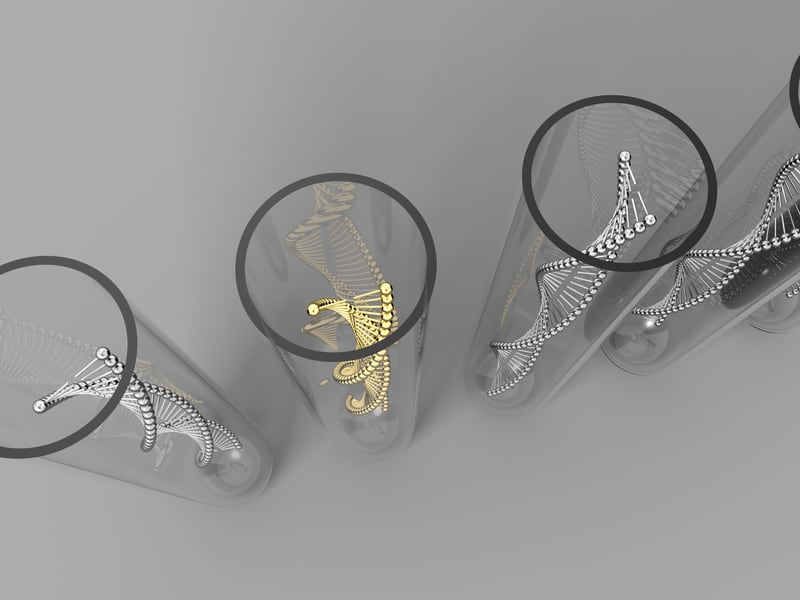The report, co-authored by the EC’s Joint Research Centre (JRC), believes seaweed can provide an alternative source of food, fuel and livelihood for an increasing population, if produced in a sustainable way.
“Although European marine flora displays one of the highest species-diversity levels in the world, its seaweed production in Europe is still in its infancy,” said author Dr Michèle Barbier from the Institute for Science and Ethics in France.
“Meanwhile, interest in seaweed’s many industrial applications is on the rise. There is, therefore, a need to support industries in the development of European seaweed aquaculture sustainably.”
According to the report, the production of global products containing ingredients from seaweeds has risen regularly since 2011, with 4% growth reported between 2014 and 2015.
Innova Market Insights reports a 10% increase in launches of global supplements containing seaweed ingredients (2015 vs. 2014).
Despite this increase, European production had remained stable at above 350,000 tons (t) until 2000 and has since decreased to 294,774 t in 2016.
The report attributed these amounts to the harvesting and cultivation of Laminaria spp. and Ascophyllum nodosum, which are mainly used as raw materials for the production of supplements and plant biostimulants amongst other products.
However, the authors said that considering industry in the EU, the primary production or processing of seaweeds is at a very low level.
“This greatly reduces the competitiveness of seaweed for animal feeds and supplements, as this sector competes against much large-scale products such as soy protein concentrate (SPC),” it said.
“SPC, in fact, has significant, negative environmental effects as large areas of rainforest in South America have been cleared to grow soya.”
In contrast, various seaweeds can be produced in the world’s oceans and the potential areas suitable for their cultivation are heavily under-utilised.
Here, the report argued a case for having seaweed products displace ingredients such as SPC in animal feeds and supplements.
The report highlighted the need for European and global seaweed industries’ to scale-up to a capacity and facility to produce around 100,000 - 300,000 t per year in order to be competitive.
Seaweed regulation
The authors go on to discuss the directives and political initiatives related to seaweed aquaculture and the main associated challenges.
Of most relevance is Regulation 2015/2283 on novel foods, which establishes updated rules for novel food, amending Regulation 1169/2011 and repealing Regulations 258/97 and 1852/2001.
Here, the term “novel food” applies to all the seaweed species produced for food (or food supplements) that were not used for human consumption to a significant degree within the Union before 15 May 1997.
According to the report, the challenge for the novel food in question centres on the decision to place the food on the market or used for human consumption.
The decision depends on its inclusion in the Union list of novel foods authorised to be commercialised within the Union.
Up to now, seaweed products included in the list include the Ecklonia cava phlorotannins and fucoidan extract from Fucus vesiculosus and Undaria pinnatifida.
In its specific recommendations for policymakers, the report advises that for commerce, there is a need to develop traceability and certification of locally produced biomass.
Additionally, there is an obligation say its authors, to comply with EU or national legislation on seaweed as food, food supplements or feed.
This legislation extends to heavy metals, chemicals and other molecules of concerns, in which seaweeds are extremely good at accumulating.
“The latter include mercury, cadmium, and lead,” said the report. “EU legislation exists on the allowed threshold values of some heavy metals in seaweed used as supplements (Commission Regulation 1881/2006).”
The limits set by France are only recommendations, whereas the US threshold values are set by legislation on food, and European legislation concerns food supplements only.
“It is interesting to note the large disparity in iodine threshold values, with max. 2 000 parts per million (ppm) recommended in France and max. 5 000 ppm in the US legislation.”
The report commented that the recommendation on monitoring contaminants including metals is a “great advance” in the seaweed market in Europe.
This is due to its promises to clear rumours and settle issues if and when they arise about heavy metals and seaweed, rather than relying on national interpretations on seaweed as food or the EU’s regulations on seaweed as food supplements.
Final recommendations
In its final recommendations for food safety, the report said legislation on contaminants such as heavy metals and iodine should be laid down for seaweed as food, and not just for seaweed as a food supplement, as is the present case.
“It is recommended that seaweeds should be recognised as “food”, and not just a “food supplement” (an outdated approach) in the legislation of contaminants. This would align the legislation on contaminants and the Novel Food Catalogue.”
In recommendations of a national concern, the report wanted to see sensory-evaluation panels that could be implemented at the national/regional level.
The idea was for a vocabulary to be created that described the seaweed flavour to gain a better understanding of what was being purchased, and what different seaweed can add to their food, as a spice, taste enhancer or supplement.
Efforts to improve knowledge of the seaweed’s bioactivity and biofunctionality extended to educational initiatives for relevant sectors/industries.
“Even if the market for food is often trend-based, Western consumers must be educated and incited to consider seaweed as food,” said Dr Barbier.
“Sensory-evaluation panels have been successfully implemented at the national/regional level and merit further development,” she added.
“It is recommended that a vocabulary be created to describe the flavour of seaweeds, so helping consumers to identify what they are buying, and what seaweeds add to their food, in terms of taste or nutrients.”




